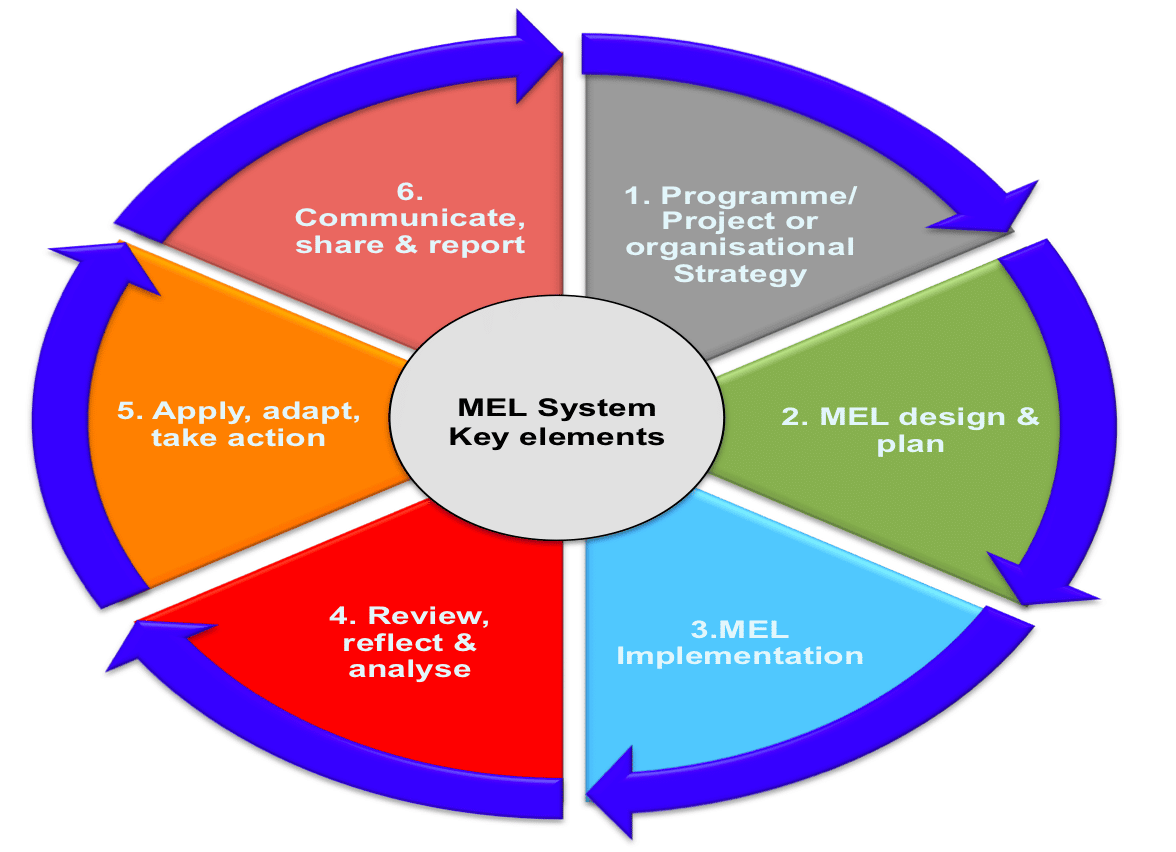MEL: who are we monitoring for?
The Bond Monitoring, Evaluation and Learning (MEL) courses – Introduction to MEL & Planning & Practice in MEL – bring together development professionals who want to learn how to practically implement MEL in their work.
One frequently raised question during the courses is who exactly are we monitoring for?
It is clear that the development sector is committed to putting the communities we work with at the heart of what we do. However, MEL systems are often geared towards more powerful audiences – donors, senior management, and the British public who fund our work. How can we ensure that MEL allows our most important stakeholders to hold us to account?
What is accountable MEL?
Accountable MEL means ensuring processes are in place to actively involve affected communities in measuring, learning from and sharing the extent to which we have met their expectations. Participatory MEL exists in development; however the accountability agenda prompts us to take this further.
Why accountable MEL?
People affected by a programme should be given the opportunity to judge whether or not its improving their lives. Together with the organisation’s own findings, this can determine whether a project is having an impact, intended or otherwise.
Accountable MEL:
- Allows affected populations to be involved in judging success
- Promotes ownership
- Strengthens results
It’s not ‘either-or’
We do not mean that organisations should move away from providing monitoring and evaluation information for strategic purposes, for example where the key audiences are our Head Offices and donors. Head Offices will always need information to feed into evidence-based programming. And as the funding environment in the UK becomes more results-based, we will increasingly need to provide solid evidence that we are meeting proposed outcomes. If done systematically and with rigour, involving affected populations in MEL data collection and analysis can strengthen our case.
So how do we do it?
In the MEL Planning and Practice workshop, we look at the MEL cycle and the activities that take place at each stage.
Subscribe to our newsletter
Our weekly email newsletter, Network News, is an indispensable weekly digest of the latest updates on funding, jobs, resources, news and learning opportunities in the international development sector.
Get Network News
It is possible to involve affected communities at each stage of the programme cycle, but here are some ideas of how they can participate:
- Communities can be involved in designing indicators to measure project success
- For data collection, local enumerators experienced in the project area can be trained – for example, agricultural students for livelihoods programmes
- Communities and partners can participate in annual review workshops to discuss progress
As with any accountability initiative, the key is to ask: how do the affected population want to be involved, and what skills and resources can they offer?
Points to consider
Here are some points to consider when involving affected communities in MEL.
- Community members will need support- be it translation, transport, access for people with disabilities, or considering timing, due to work or childcare responsibilities
- There will be different audiences for monitoring and evaluation data. Consider how you will communicate with these different groups – what is useful, and how can you best share
- Remember that communities can only evaluate from their own perspective, and other tools should also be used
By attending the MEL Planning and Practice workshop, you will learn frameworks and techniques for practically implementing MEL. Using the points above you can then think about how to involve the communities you work with in your MEL activities, to make them sustainable, inclusive and rooted in local skills and knowledge.
Category
News & ViewsThemes
MEL



